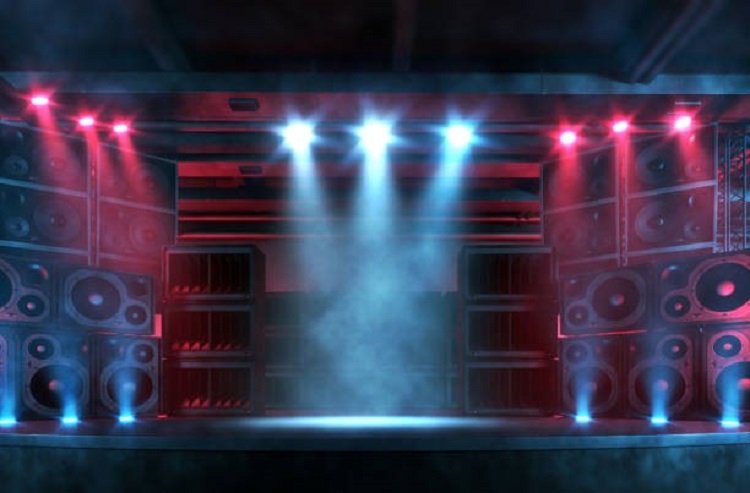When attending a concert, the experience of hearing music performed live can be incredibly powerful. The impact of the sound is largely determined by the quality of the speakers used at the venue. Professional concert speakers are designed to produce high-quality sound that can reach every corner of the venue, from intimate settings to vast arenas.
These sophisticated sound systems are made up of several key components, each playing a crucial role in delivering clear, powerful, and balanced audio. In this article, we’ll explore the essential components of professional concert speakers and how they contribute to the overall sound experience. Woofers The woofer is one of the most important components of any professional concert speaker.
Woofers are designed to handle the lower frequency ranges, typically between 20 Hz and 500 Hz. These frequencies include the bass and low-end sounds that are critical in most types of music, especially in genres like rock, hip-hop, and electronic music. Role in Sound Production : Woofers are specifically used to create low pitches and thus endow music with its tightness.
That feeling you get when the beat ‘hits you hard’ in a concert to the point where you can even feel it in your chest is actually due to the woofer element working side by side with other speakers. Material and Design: The professional concert woofers can be made from paper, kevlar or carbon fiber the flexibility is essential since the loud speakers should be very resilien.


















